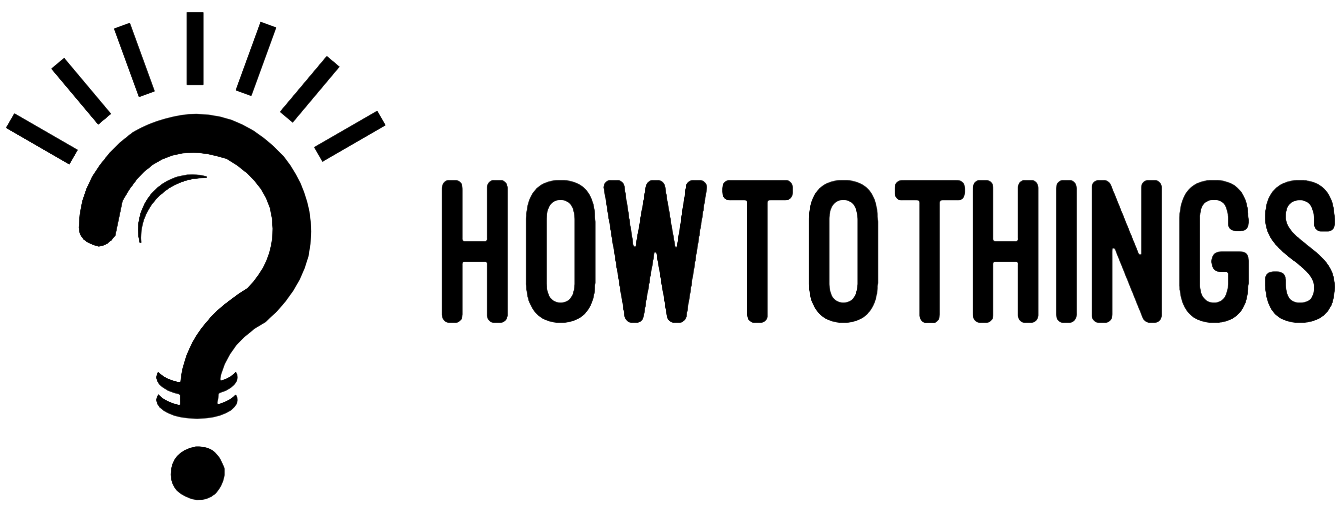How to use Tattoo Transfer Paper?
The hardest part of getting a perfect tattoo is thoroughly describing your preferred design to your tattoo artist. You can always draw the design yourself or even ask the tattoo artist to do it. How to use a tattoo transfer paper on your skin is still a problem, though. This issue can be resolved by using tattoo transfer paper. It effectively acts as carbon copy paper for tattoos, leaving the outline of the design on your skin. The result is comparable to those “false” temporary tattoos you applied as a kid. The use of tattoo transfer paper is covered in this brief guide, along with the difference between thermal and hectograph/freehand transfer sheets.
Tattoo transfer paper in Hectograph or freehand
Carbon copy sheets, also known as hectograph or free-hand transfer papers, operate similarly to manual transfer papers. Typically consisting of three sheets, resembling those used in manual typewriters or older dot matrix printers, they are designed for generating multiple copies. The top sheet is where you manually draw your design, while the middle tissue sheet is removed before starting. The bottom sheet, available in various colors with a carbon-like texture, is where the pattern is transferred.
- After drawing your design on the top layer, cut out the pattern and place it over the desired tattoo location once it has replicated through to the bottom sheet.
- Before application, the skin should be cleaned and treated with a stencil substance.
- Proper positioning is crucial, and continuous wiping with a damp sponge follows.
- Once removed, the design is retained on the skin.
- This type of stencil paper is cost-effective and easier to correct in case of mistakes.
- Additionally, the availability of various colors makes it suitable for individuals with diverse skin tones.
Thermographic Tattoo Transfer Paper
Four layers are normal for thermal transfer papers.
- The white layer comes first, upon which the design will be transferred. This is shielded by a milky, thin coating that is typically discarded.
- Additionally, it has an ink coating that is typically purple.
- The bottom yellow layer, which holds the sheets in place, is the last layer.
Before putting it between the ink layer and the bottom yellow sheet, draw your tattoo pattern in pencil on a standard sheet of white paper. The entire set of papers is then run through a thermal transfer maker. This device can occasionally be found at tattoo parlors. You might even be able to use one at your neighborhood tattoo shop.
Image Transfer to Crafts
An image can be transferred to almost any sturdy surface, including wood, plastic, and canvas. Before using any paint, make sure the surface is clean and give it time to dry. Before printing on printable tattoo paper, you must download the desired image (or images) to your computer. This paper may be found at most craft stores or online at retailers like Amazon.
I attach tattoo transfer paper to something?
- In any store selling tattoo supplies, green soap is available.
- Use a razor to shave the area you intend to tattoo.
- The shaved area of the skin should be covered with a roll-on deodorant of the Speed Stick brand (or generic equivalent).
- Carefully apply the stencil to the skin.
Can tattoo transfer paper be used without a printer?
If a printer is not available, you can still complete this task by hand. You can still get a copy of the ideal tattoo by using a thermal copier, although the quality of the design might not be replicated.
Use Vaseline before getting a tattoo
Vaseline is used by tattoo artists to prevent wounds from being created by the needle and ink during tattooing. Vaseline can serve as a skin defender while also promoting wound healing. Injury and other changes might not be prevented, but they can help maintain the health of your skin.
What lubricant works best for tattooing?
Tattoo Goo Balm” is the best color enhancer. Another well-known aftercare item that has been on the market for 10 years and is highly recommended by numerous artists is Tattoo Goo lotion. It claims to keep your ink hydrated, stop scabbing, and speed up healing while not clogging your pores because it is high in Panthenol (Vitamin B5).
How to spend the first day following a tattoo?
Make sure your tattoo artist wraps the new ink in a bandage and a thin layer of petroleum jelly. After 24 hours, take off the bandage. Use antibacterial soap and water to gently wash the tattoo, and make sure to pat it dry afterward. Do not place another bandage on top of the antibacterial/Vaseline application; do this twice daily.
Which tattoo color fades the most quickly?
White and pastel shades are the lightest tattoo colors, and as a result, they fade the fastest of all the hues. Before fading, they typically last for five to eight years. In addition, if done incorrectly, pastel and white ink hues could resemble scars.
Things to avoid after getting a tattoo
- Keep your bandage on as long as possible
- Avoid using hot water to wash your fresh tattoo; use warm water instead
- Avoid directly submerging your new tattoo in water and avoid soaking it
- Never remove the bandage prematurely
- Rebandage or cover your fresh tattoo without permission
- Avoid picking the scabs
- Avoid tanning
Conclusion
You want the design of your tattoo to be flawless because it will be with you for many years to come. The key to getting the finest results, regardless of the tattoo transfer paper type you use, is high-quality paper. By doing this, you’ll be able to create high-quality artwork that appears just as amazing in person as it does on paper.
